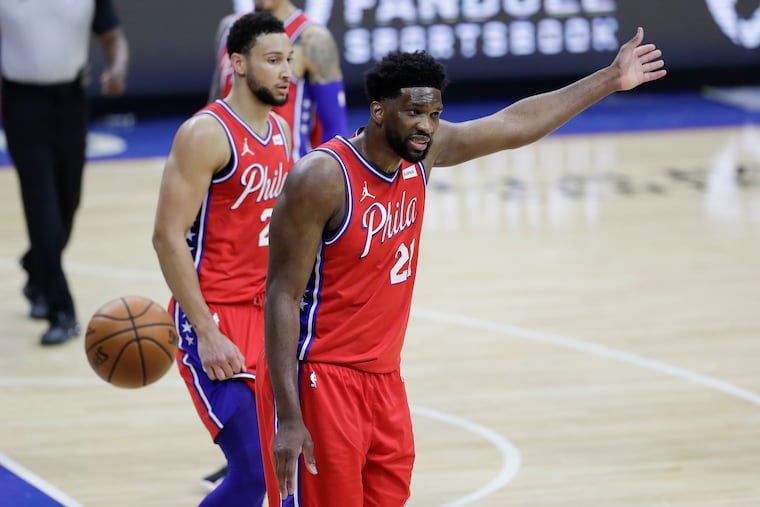The numbers say Embiid, Simmons and the Sixers are the best they’ve been ... since their first year together | David Murphy
There's a lot to like about the Sixers at the All-Star Break. But there's also a lot that reminds you of 2017-18, from Joel Embiid and Ben Simmons' partnership to their 24-12 start.
